
R Cookbook. Proven Recipes for Data Analysis, Statistics, and Graphics. 2nd Edition JD Long, Paul Teetor
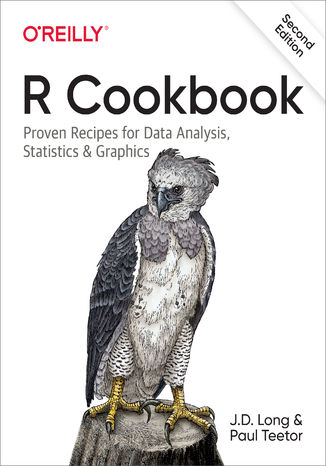



- Autorzy:
- JD Long, Paul Teetor
- Wydawnictwo:
- O'Reilly Media
- Ocena:
- Stron:
- 600
- Dostępne formaty:
-
ePubMobi
 opcje wysyłki »
opcje wysyłki »
Opis
książki
:
R Cookbook. Proven Recipes for Data Analysis, Statistics, and Graphics. 2nd Edition
Perform data analysis with R quickly and efficiently with more than 275 practical recipes in this expanded second edition. The R language provides everything you need to do statistical work, but its structure can be difficult to master. These task-oriented recipes make you productive with R immediately. Solutions range from basic tasks to input and output, general statistics, graphics, and linear regression.
Each recipe addresses a specific problem and includes a discussion that explains the solution and provides insight into how it works. If you’re a beginner, R Cookbook will help get you started. If you’re an intermediate user, this book will jog your memory and expand your horizons. You’ll get the job done faster and learn more about R in the process.
- Create vectors, handle variables, and perform basic functions
- Simplify data input and output
- Tackle data structures such as matrices, lists, factors, and data frames
- Work with probability, probability distributions, and random variables
- Calculate statistics and confidence intervals and perform statistical tests
- Create a variety of graphic displays
- Build statistical models with linear regressions and analysis of variance (ANOVA)
- Explore advanced statistical techniques, such as finding clusters in your data
Wybrane bestsellery
O'Reilly Media - inne książki
Dzięki opcji "Druk na żądanie" do sprzedaży wracają tytuły Grupy Helion, które cieszyły sie dużym zainteresowaniem, a których nakład został wyprzedany.
Dla naszych Czytelników wydrukowaliśmy dodatkową pulę egzemplarzy w technice druku cyfrowego.
Co powinieneś wiedzieć o usłudze "Druk na żądanie":
- usługa obejmuje tylko widoczną poniżej listę tytułów, którą na bieżąco aktualizujemy;
- cena książki może być wyższa od początkowej ceny detalicznej, co jest spowodowane kosztami druku cyfrowego (wyższymi niż koszty tradycyjnego druku offsetowego). Obowiązująca cena jest zawsze podawana na stronie WWW książki;
- zawartość książki wraz z dodatkami (płyta CD, DVD) odpowiada jej pierwotnemu wydaniu i jest w pełni komplementarna;
- usługa nie obejmuje książek w kolorze.
Masz pytanie o konkretny tytuł? Napisz do nas: sklep@helion.pl
Książka drukowana



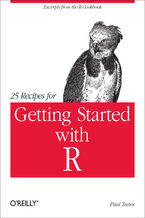






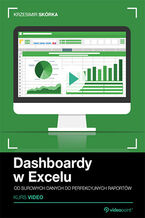



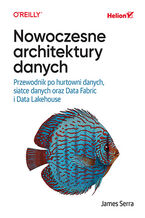






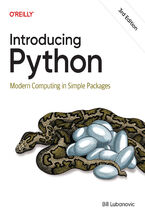
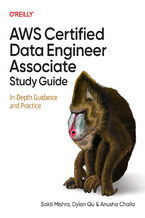

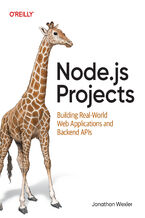

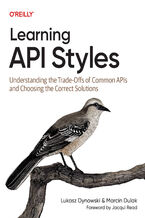

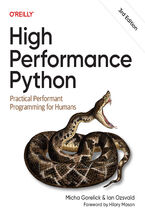
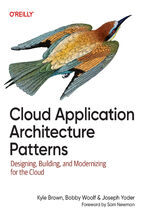
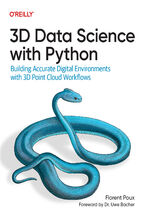



Oceny i opinie klientów: R Cookbook. Proven Recipes for Data Analysis, Statistics, and Graphics. 2nd Edition JD Long, Paul Teetor
(0)